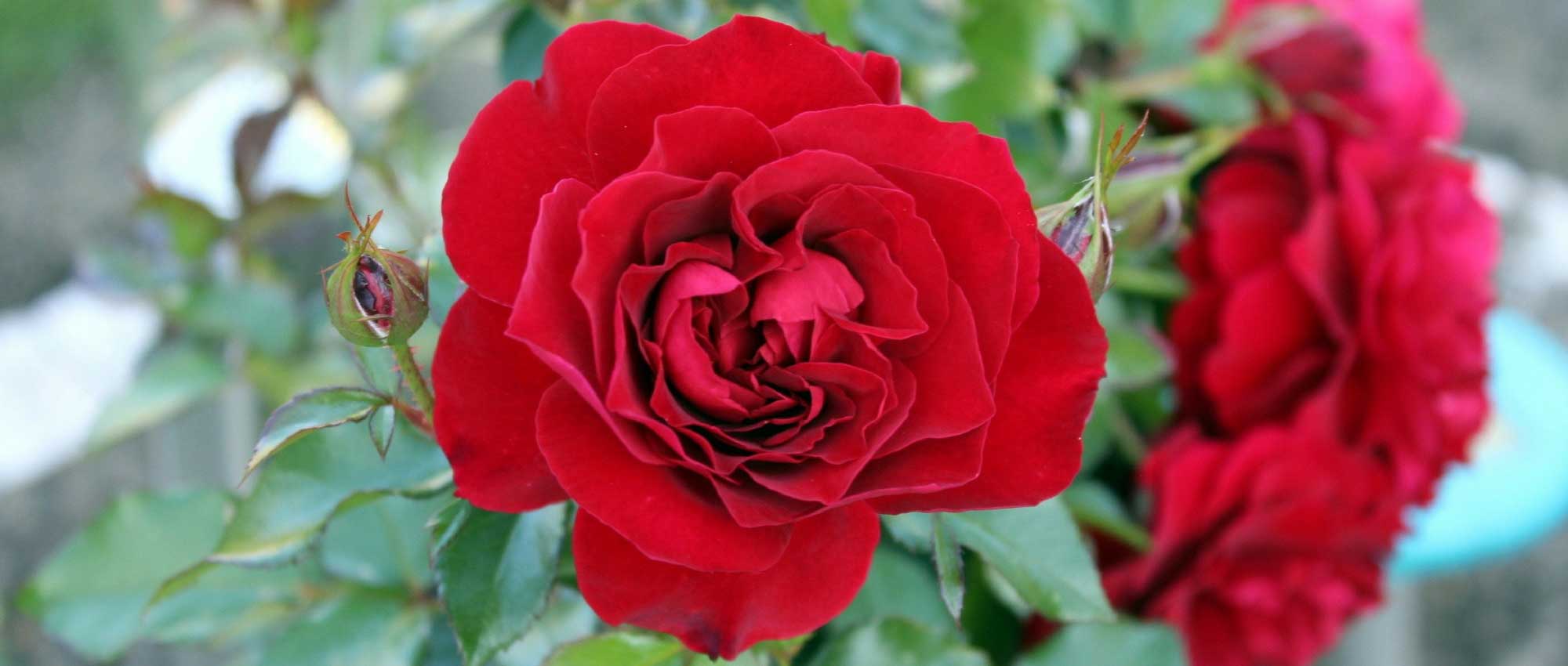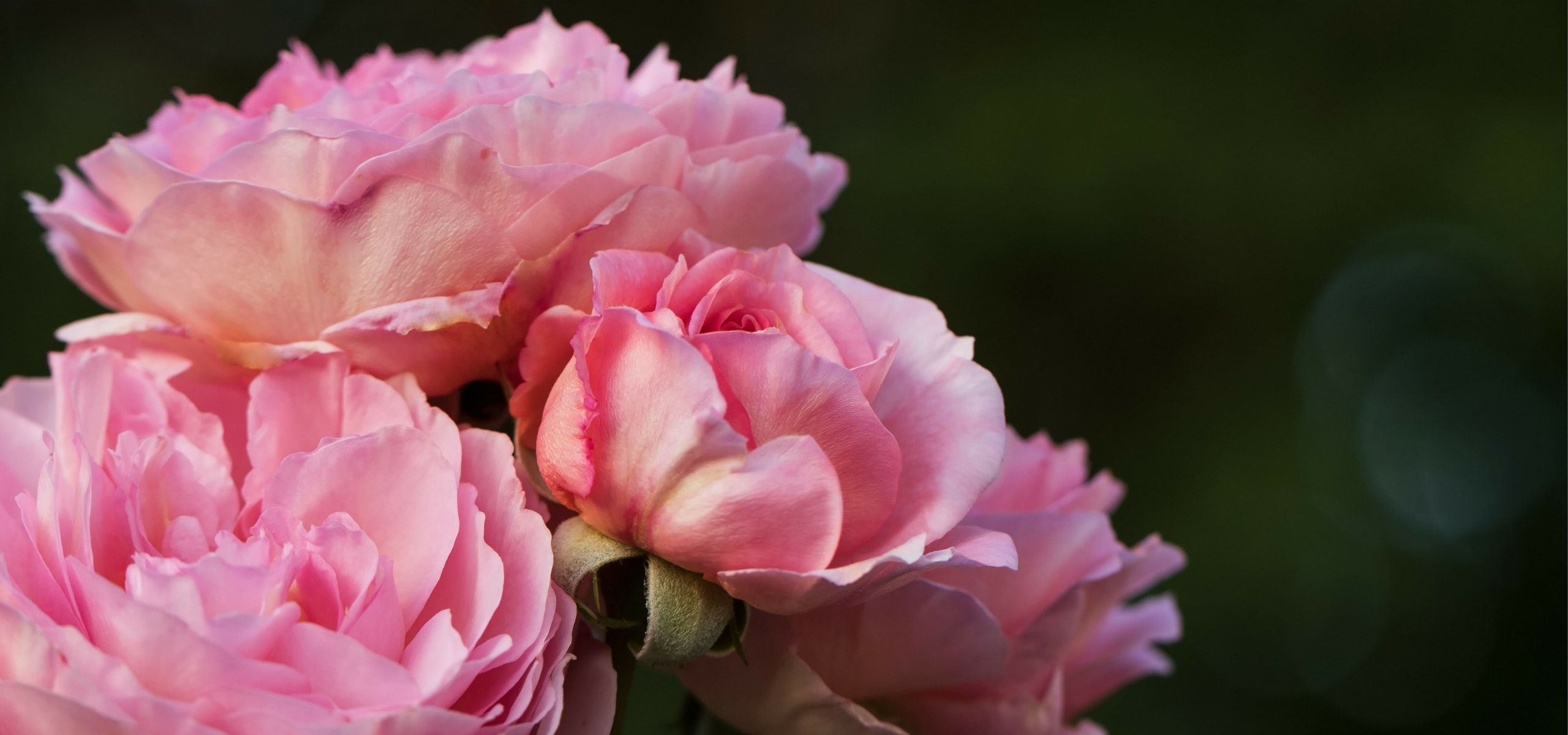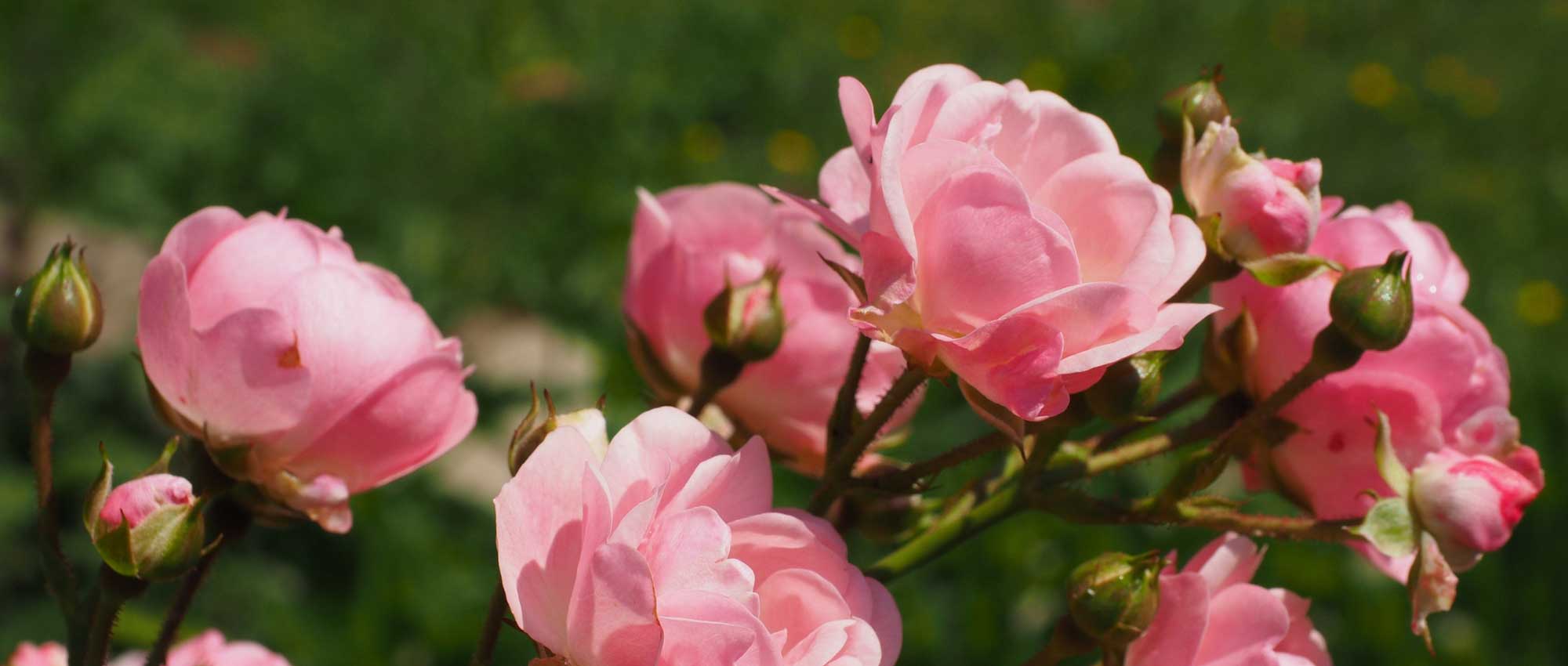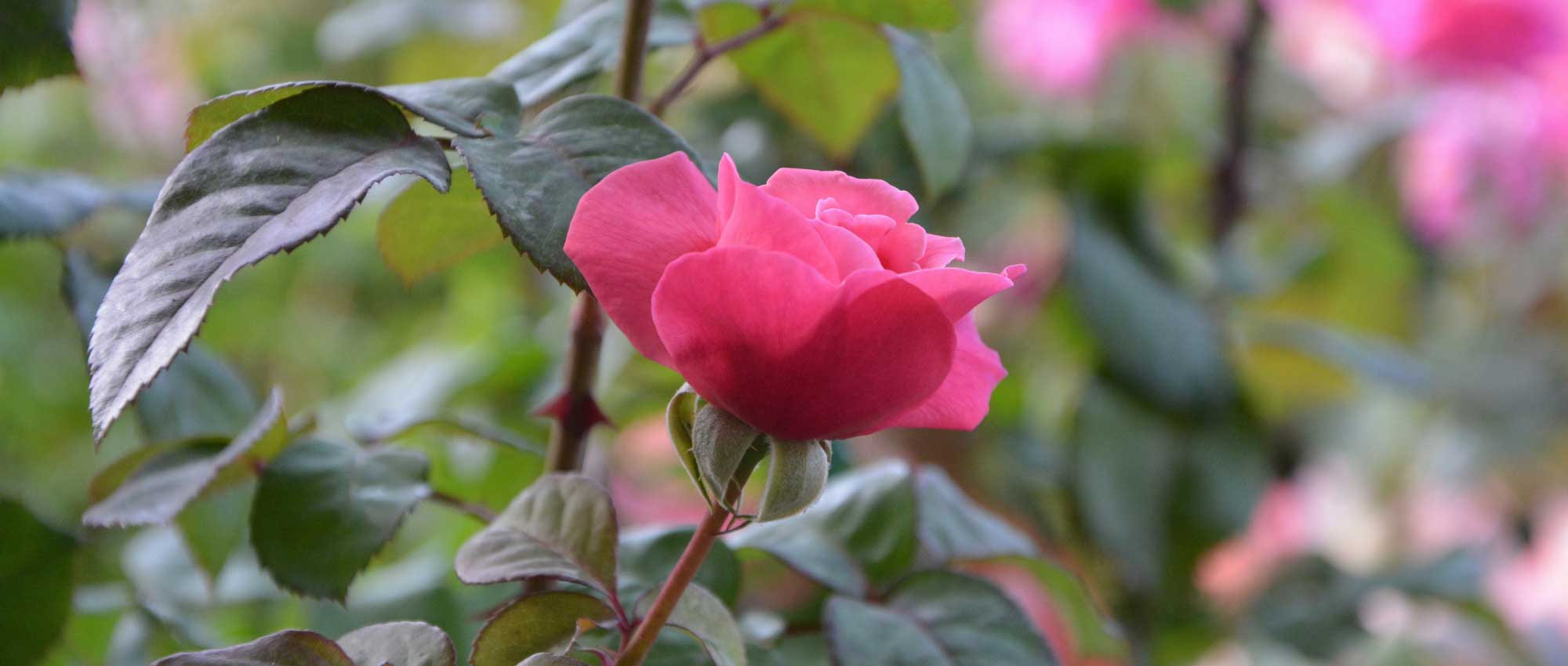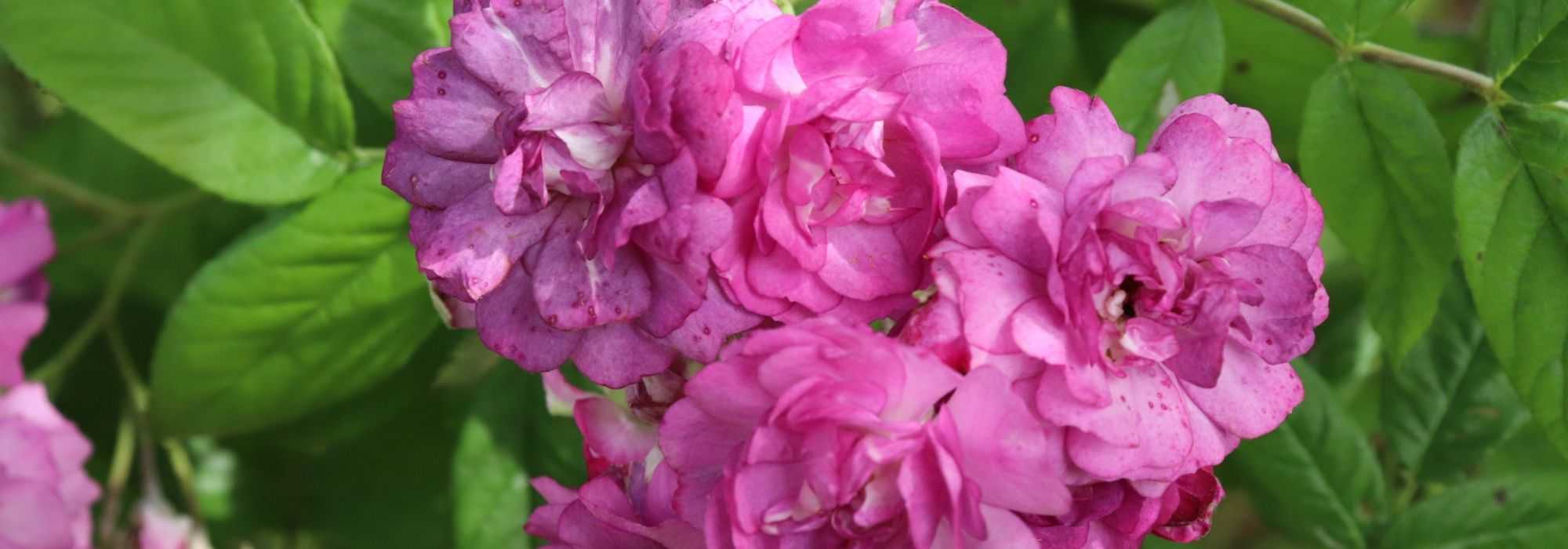

Rosa x polyantha 'Meidarin' MANDARINE SYMPHONIE® - Rosier Mandarine Symphonie
Rosa x polyantha Mandarine Symphonie - Polyantha Rose
Rosa x polyantha 'Meidarin' MANDARINE SYMPHONIE®
Polyantha Rose
Special offer!
Receive a €20 voucher for any order over €90 (excluding delivery costs, credit notes, and plastic-free options)!
1- Add your favorite plants to your cart.
2- Once you have reached €90, confirm your order (you can even choose the delivery date!).
3- As soon as your order is shipped, you will receive an email containing your voucher code, valid for 3 months (90 days).
Your voucher is unique and can only be used once, for any order with a minimum value of €20, excluding delivery costs.
Can be combined with other current offers, non-divisible and non-refundable.
We guarantee the quality of our plants for a full growing cycle, and will replace at our expense any plant that fails to recover under normal climatic and planting conditions.

Description
The Miniature Rose Mandarine Symphonie® forms a compact and floriferous bush ideal for adding a splash of colour to small spaces such as balconies, patios, or rockeries. From May until the first frosts, its semi-double, Indian orange flowers with lemon-yellow undersides emit a light fragrance and contrast beautifully with its glossy dark green foliage. This variety also stands out for its good disease resistance, ensuring easy cultivation even for beginner gardeners.
The Miniature Rose Mandarine Symphonie® 'Meidarin' belongs to the Rosaceae family. It is derived among others from the highly floriferous (x) polyantha bushes that produce flowers gathered in clusters. It was developed by Meilland in 2000 and is also known under the name of Mandarin Sunblaze®. This type of rose is prized for its abundant flowering and compact size, making it easy to integrate into small spaces. The bushy and compact habit of the Mandarine Symphonie® makes it a well-ramified plant that reaches 40 to 50 cm in height with a spread of about 40 cm. Its flowers of a diameter of around 4 cm are grouped into inflorescences of 5 to 6 buds, creating a highly ornamental mass effect. Each semi-double rose has about 25 petals, forming a delicate corolla with vibrant colours. The perpetual flowering from spring to autumn ensures a constant renewal of blooms throughout the growing season. The deciduous foliage formed of small, serrated, glossy green leaves, is decorative in itself. It falls in winter to make way for new shoots in spring. Although this variety is not specifically fragrant, it more than compensates with the abundance and duration of its flowering. The fine, ramified stems may bear a few thorns, but these remain discreet and do not hinder handling the plant.
The Mandarine Symphonie® rose is a very easy-to-grow variety, perfect for beginners or gardeners looking for a low-maintenance rose. It prefers rich, well-drained soil with a sunny exposure that will encourage generous flowering. This miniature rose fits easily alongside ground cover roses as well as low-growing perennials such as campanula, catmints, alyssums, or hardy geraniums, which will highlight its warm hues. It also pairs very well with light grasses, creating an interesting contrast in textures. For a romantic effect, it can be planted near lavenders, whose blue will enhance the intensity of its bright orange.
Planting and care
Mandarine Symphonie roses prefer a sunny position (at least 4 to 5 hours of sunlight per day) but sheltered from the harsh midday rays and strong winds. They thrive in loose, well-drained, and fertile soil. They will adapt to any garden as long as the ground is well-prepared and sufficiently rich. To plant your rose, work the soil to a depth of 25 cm, breaking up the earth well and adding a base amendment like dried blood or dehydrated horn at the bottom of the planting hole. Place your plant, removed from its pot, covering the top of the root ball with 3 cm of soil, backfill, and water thoroughly to eliminate any air pockets. During dry weather, water regularly for a few weeks to encourage root establishment. Also, remember to feed your rose with a special rose fertiliser to stimulate flowering.
Roses often develop spots or look unsightly by late summer, but this does not affect their growth. These spots are not harmful to the rose; it's a natural phenomenon. Follow all our advice to remedy this and read our article: Help: My Roses Have Spots
Planting & care advice
This item has not been reviewed yet - be the first to leave a review about it.
Haven't found what you were looking for?
Hardiness is the lowest winter temperature a plant can endure without suffering serious damage or even dying. However, hardiness is affected by location (a sheltered area, such as a patio), protection (winter cover) and soil type (hardiness is improved by well-drained soil).

Photo Sharing Terms & Conditions
In order to encourage gardeners to interact and share their experiences, Promesse de fleurs offers various media enabling content to be uploaded onto its Site - in particular via the ‘Photo sharing’ module.
The User agrees to refrain from:
- Posting any content that is illegal, prejudicial, insulting, racist, inciteful to hatred, revisionist, contrary to public decency, that infringes on privacy or on the privacy rights of third parties, in particular the publicity rights of persons and goods, intellectual property rights, or the right to privacy.
- Submitting content on behalf of a third party;
- Impersonate the identity of a third party and/or publish any personal information about a third party;
In general, the User undertakes to refrain from any unethical behaviour.
All Content (in particular text, comments, files, images, photos, videos, creative works, etc.), which may be subject to property or intellectual property rights, image or other private rights, shall remain the property of the User, subject to the limited rights granted by the terms of the licence granted by Promesse de fleurs as stated below. Users are at liberty to publish or not to publish such Content on the Site, notably via the ‘Photo Sharing’ facility, and accept that this Content shall be made public and freely accessible, notably on the Internet.
Users further acknowledge, undertake to have ,and guarantee that they hold all necessary rights and permissions to publish such material on the Site, in particular with regard to the legislation in force pertaining to any privacy, property, intellectual property, image, or contractual rights, or rights of any other nature. By publishing such Content on the Site, Users acknowledge accepting full liability as publishers of the Content within the meaning of the law, and grant Promesse de fleurs, free of charge, an inclusive, worldwide licence for the said Content for the entire duration of its publication, including all reproduction, representation, up/downloading, displaying, performing, transmission, and storage rights.
Users also grant permission for their name to be linked to the Content and accept that this link may not always be made available.
By engaging in posting material, Users consent to their Content becoming automatically accessible on the Internet, in particular on other sites and/or blogs and/or web pages of the Promesse de fleurs site, including in particular social pages and the Promesse de fleurs catalogue.
Users may secure the removal of entrusted content free of charge by issuing a simple request via our contact form.
The flowering period indicated on our website applies to countries and regions located in USDA zone 8 (France, the United Kingdom, Ireland, the Netherlands, etc.)
It will vary according to where you live:
- In zones 9 to 10 (Italy, Spain, Greece, etc.), flowering will occur about 2 to 4 weeks earlier.
- In zones 6 to 7 (Germany, Poland, Slovenia, and lower mountainous regions), flowering will be delayed by 2 to 3 weeks.
- In zone 5 (Central Europe, Scandinavia), blooming will be delayed by 3 to 5 weeks.
In temperate climates, pruning of spring-flowering shrubs (forsythia, spireas, etc.) should be done just after flowering.
Pruning of summer-flowering shrubs (Indian Lilac, Perovskia, etc.) can be done in winter or spring.
In cold regions as well as with frost-sensitive plants, avoid pruning too early when severe frosts may still occur.
The planting period indicated on our website applies to countries and regions located in USDA zone 8 (France, United Kingdom, Ireland, Netherlands).
It will vary according to where you live:
- In Mediterranean zones (Marseille, Madrid, Milan, etc.), autumn and winter are the best planting periods.
- In continental zones (Strasbourg, Munich, Vienna, etc.), delay planting by 2 to 3 weeks in spring and bring it forward by 2 to 4 weeks in autumn.
- In mountainous regions (the Alps, Pyrenees, Carpathians, etc.), it is best to plant in late spring (May-June) or late summer (August-September).
The harvesting period indicated on our website applies to countries and regions in USDA zone 8 (France, England, Ireland, the Netherlands).
In colder areas (Scandinavia, Poland, Austria...) fruit and vegetable harvests are likely to be delayed by 3-4 weeks.
In warmer areas (Italy, Spain, Greece, etc.), harvesting will probably take place earlier, depending on weather conditions.
The sowing periods indicated on our website apply to countries and regions within USDA Zone 8 (France, UK, Ireland, Netherlands).
In colder areas (Scandinavia, Poland, Austria...), delay any outdoor sowing by 3-4 weeks, or sow under glass.
In warmer climes (Italy, Spain, Greece, etc.), bring outdoor sowing forward by a few weeks.






























